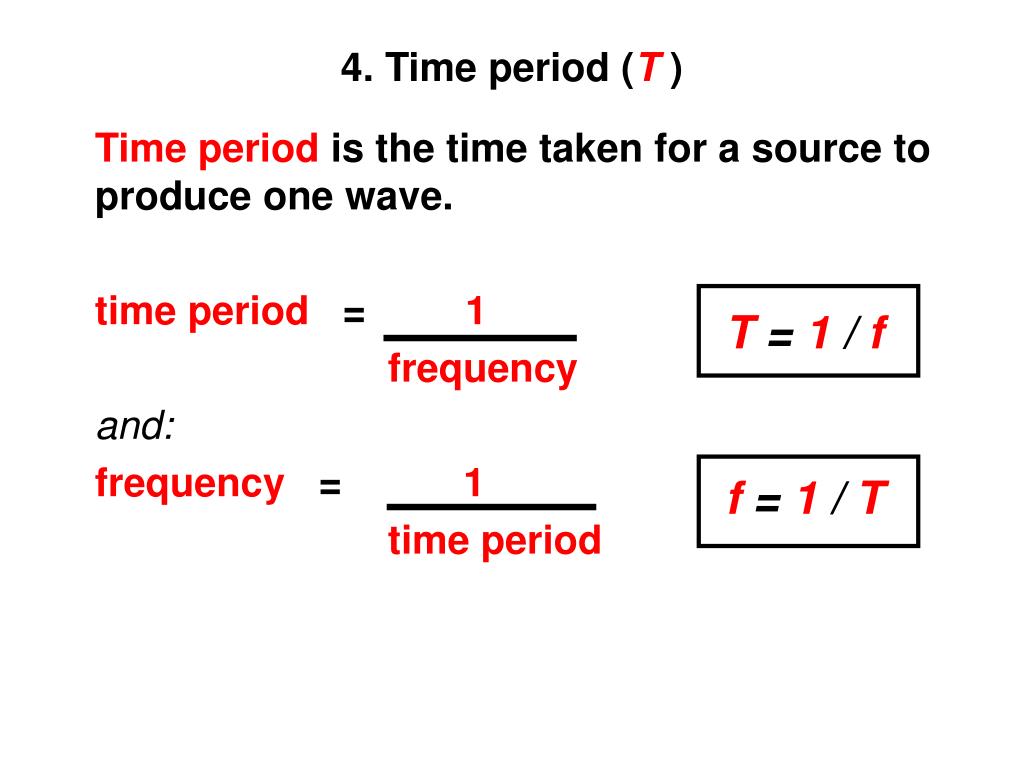
This velocity formula calculator uses different equations of physics to find Initial Velocity, final velocity / speed and more. It also has some examples of the struggles that can happen in the development of science and technology.An online velocity calculator of physics specifically programmed to calculate velocity/speed of a moving object. For students who take a particular interest in the measurement of time, suggest the book Longitude by Dava Sobel (ISBN 0007214227), which provides further background about the development of clocks and their use in navigation.You could extend this timeline by describing further developments in timing devices, right up to the atomic clock (usually containing caesium) which is accurate to within 10-9 seconds per day. Galileo's pendulum introduced a method of measuring short periods of time that improved on the use of the human pulse. Use this to introduce Galileo Galilei (1564-1642) and the (possibly apocryphal) story that his understanding of the behaviour of pendulums was spurred by observing the bronze chandelier or incense burner in the cathedral at Pisa. Start with the hours of a day as one of the simplest units of time, easily measured with a sundial. The introductory discussion can put the pendulum into a scientific and historical context by describing the development of timing devices.Proving that there is no link between two variables can be just as significant as finding one. Many may decide to investigate the effect of the mass of the bob, which yields an unexpected (counter-intuitive) result: the mass has no effect on periodic time. Students often assume that any sensibly selected independent variable will always have an effect upon the dependent variable.The number of variables is limited but there is enough scope to allow students to develop an approach and select appropriate ranges and intervals. How Science Works Extension: This provides an excellent opportunity for planning, carrying out and evaluating an investigation using multiple skills.Students investigating the effect of bob mass or pendulum length should keep the maximum angle of swing under 5 °.

g = acceleration due to gravity ( m s -2).T = Time period for one oscillation (s).Its period of oscillation is then T =2π √ _(l /g)_where The periodic time for a swinging pendulum is constant only when amplitudes are small.The pendulum swings fastest at its lowest point and slowest at the top of each swing. sighting the bob as it moves fastest past a reference point.making timings by sighting the bob past a fixed reference point (called a fiducial point).Improve the accuracy of a measurement of periodic time by:.There are many web-based activities freely available. You may wish to get them to estimate the human reaction time or measure it as a separate activity.Students could carry out simple error calculations to discover, for example, the effect of a human reaction time of 0.2 s econds on timings of 2 s 20 s and 200 s. The percentage uncertainty which this 0.4 s represents decreases as the total time measured increases. There is some uncertainty when measuring both the start time and also the stopping time, resulting from the experimenter's reflex time (as much as 0.2 s each, i.e.increasing the total time measured for multiple swings.measuring many oscillations to calculate the average time for one oscillation.Reduce the uncertainty in a measurement of periodic time by:.A discussion following students' first attempts might lead to the following ideas for improving their measured value.Variables to investigate include the mass of the pendulum bob, length of the pendulum (best measured to centre of bob), and initial amplitude (angle or displacement). You may need to explain what one oscillation for a pendulum is (motion there and back again).After students have completed an initial investigation and drawn conclusions, ask them to evaluate their method in terms of its accuracy and improve on it.




 0 kommentar(er)
0 kommentar(er)
